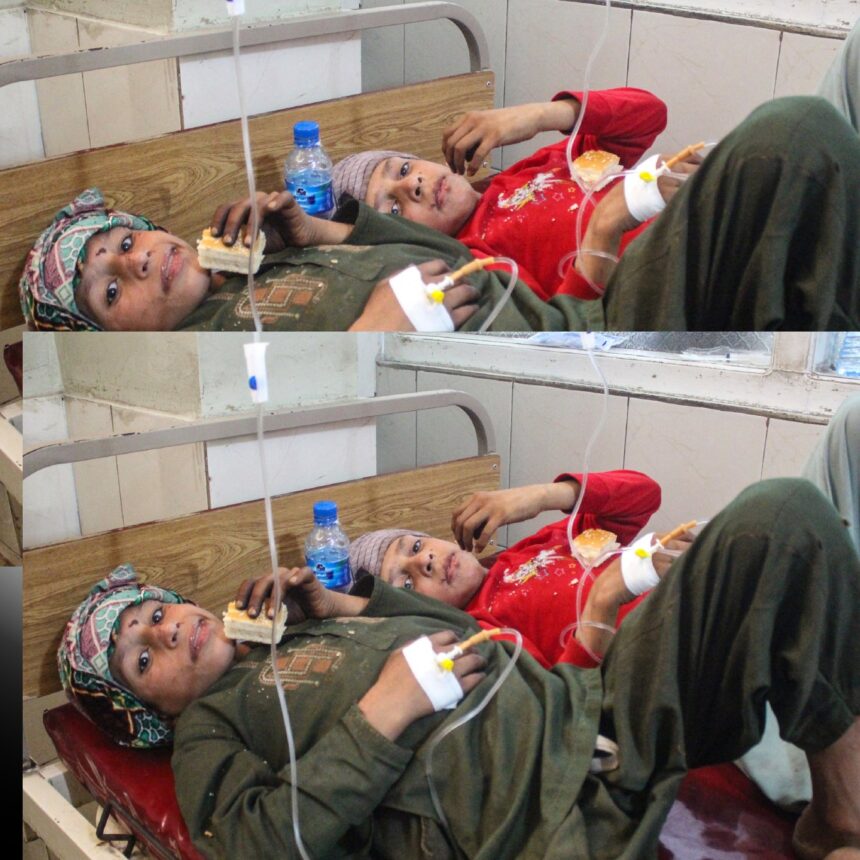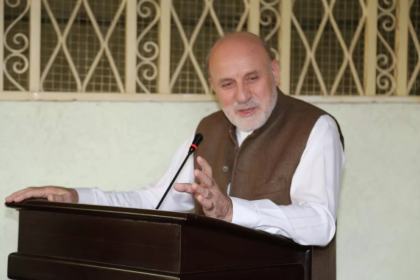RASC News Agency: The Canadian branch of Save the Children has warned that at least 15,000 children have been directly affected by the devastating earthquake that struck Afghanistan’s eastern provinces of Kunar and Nangarhar. In a statement released on Tuesday, September 2, the organization reported that the quake has severely impacted more than 3,000 families, with children bearing the greatest share of the suffering. The agency stressed that children are always the most vulnerable in the aftermath of catastrophic events, requiring urgent protection, shelter, food, and medical care. Even before this disaster, Afghanistani children were enduring multiple crises, including deep poverty, chronic hunger, drought, and recurrent flash floods all of which had already eroded their resilience. The organization noted that its emergency teams are on the ground with limited resources, striving to deliver aid in the quake-hit regions.
However, the full toll on children remains unclear. The World Health Organization (WHO) has confirmed that more than 12,000 people were directly affected by the tremor, which registered 6.0 on the Richter scale. Official figures indicate at least 800 people killed and nearly 3,000 injured. This calamity comes at a time when Afghanistan is sinking deeper into one of the world’s gravest humanitarian emergencies. Since the Taliban’s return to power, children have been trapped in the heart of a humanitarian catastrophe marked by economic collapse, food insecurity, malnutrition, and severe restrictions on education and healthcare. The UNICEF had already warned that in 2024 alone, 12.6 million Afghanistani children would require urgent humanitarian assistance.
While UNICEF has managed to treat more than 628,000 children under five suffering from acute malnutrition this year, international agencies warn that around five million children remain on the brink of life-threatening hunger. The recent earthquake has compounded this tragedy, adding thousands more vulnerable children to the crisis at a time when global aid is rapidly declining. International organizations have already begun scaling back or suspending operations in several provinces due to security risks, funding shortages, and the Taliban’s relentless interference in humanitarian work. Humanitarian observers argue that the Taliban’s obsession with consolidating power and suppressing dissent has left the country woefully unprepared to respond to natural disasters. Their failure to invest in disaster management, coupled with their rigid restrictions on aid agencies, has exacerbated the suffering of the population. As one Kabul-based relief worker, speaking under a pseudonym for security reasons, told media:
“Every new disaster in Afghanistan is not only a test of nature but also a reminder of how unfit the Taliban are to protect their own people. Children are paying the heaviest price for this misrule.”
In the shadow of Taliban authoritarianism, Afghanistan’s children remain both the silent victims of natural calamities and the casualties of political failure. Unless the international community finds a way to bypass Taliban obstruction and deliver aid directly to vulnerable families, the toll of this crisis will continue to rise.






